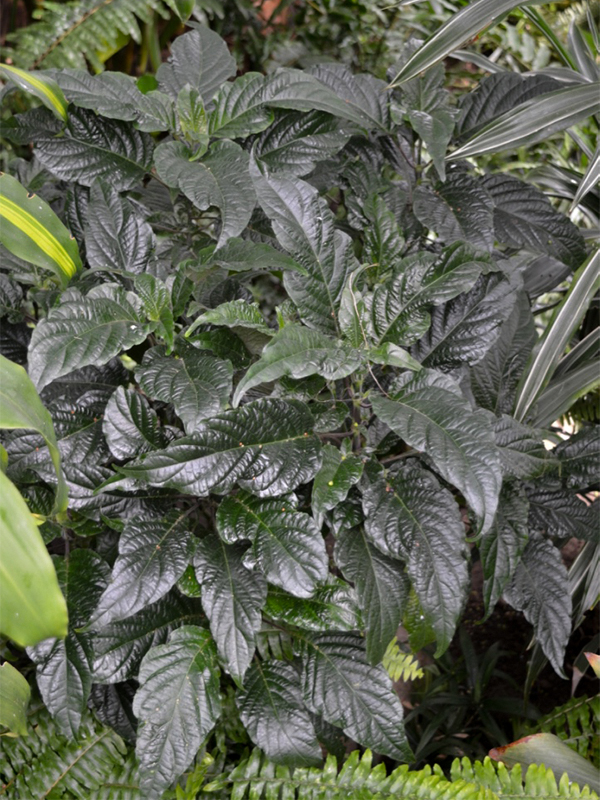
Perennials, Tropicals > Jacobinia > Jacobinia
Jacobinia
Jacobinia, Shrimp Plant, Justicia, Brazilian Plume
Origin: Tropical areas of the Americas.
| Family |
| Acanthaceae |
| Genus |
| Jacobinia |
| Category |
| Perennials, Tropicals |
| Type |
| Shrub (evergreen) |
| USDA Hardiness Zone |
| 8a - 11 |
| Canadian Hardiness Zone |
| Requires cold season protection under glass. |
| RHS Hardiness Zone |
| H1c - H5 |
| Temperature (°C) |
| -12 - 5 |
| Temperature (°F) |
| 10 - 40 |
| Height |
| 0.3 - 2.6 m |
| Spread |
| 0.3 - 2.6 m |
Photographs
Description and Growing Information
Flowering Period
| General Description |
| Jacobinia is a genus of about 420 species of flowering plants. |
| Cultivation |
| Jacobinia have a “no fuss” nature, taking both sun and shade, and are not fussy about conditions. Will also attract butterflies. |
| Shape |
| Bushy, multi-stemmed and upright. |
| Growth |
| Slow |
| Pests |
| Nematodes and spider mites. Caterpillars can be a problem. |
| Leaf Description |
| The leaves can grow to 15 cm long. The stems appear from the centre of the plant and rise straight up. |
| Flower Description |
| Common name "shrimp plant" comes from the inflorescences, which resemble a shrimp in some species. |
| Colour Description |
| Foliage is dark green. Flowers come in a variety of bright colours, including, white, red, orange, yellow, pink and purple. |
| Notable Specimens |
| Centennial Conservatory, Thunder Bay, Ontario, Canada. |
| Propagation |
| Softwood cuttings. |
| Ethnobotanical Uses (Disclaimer) |
| Not recommended for human or animal consumption. |
